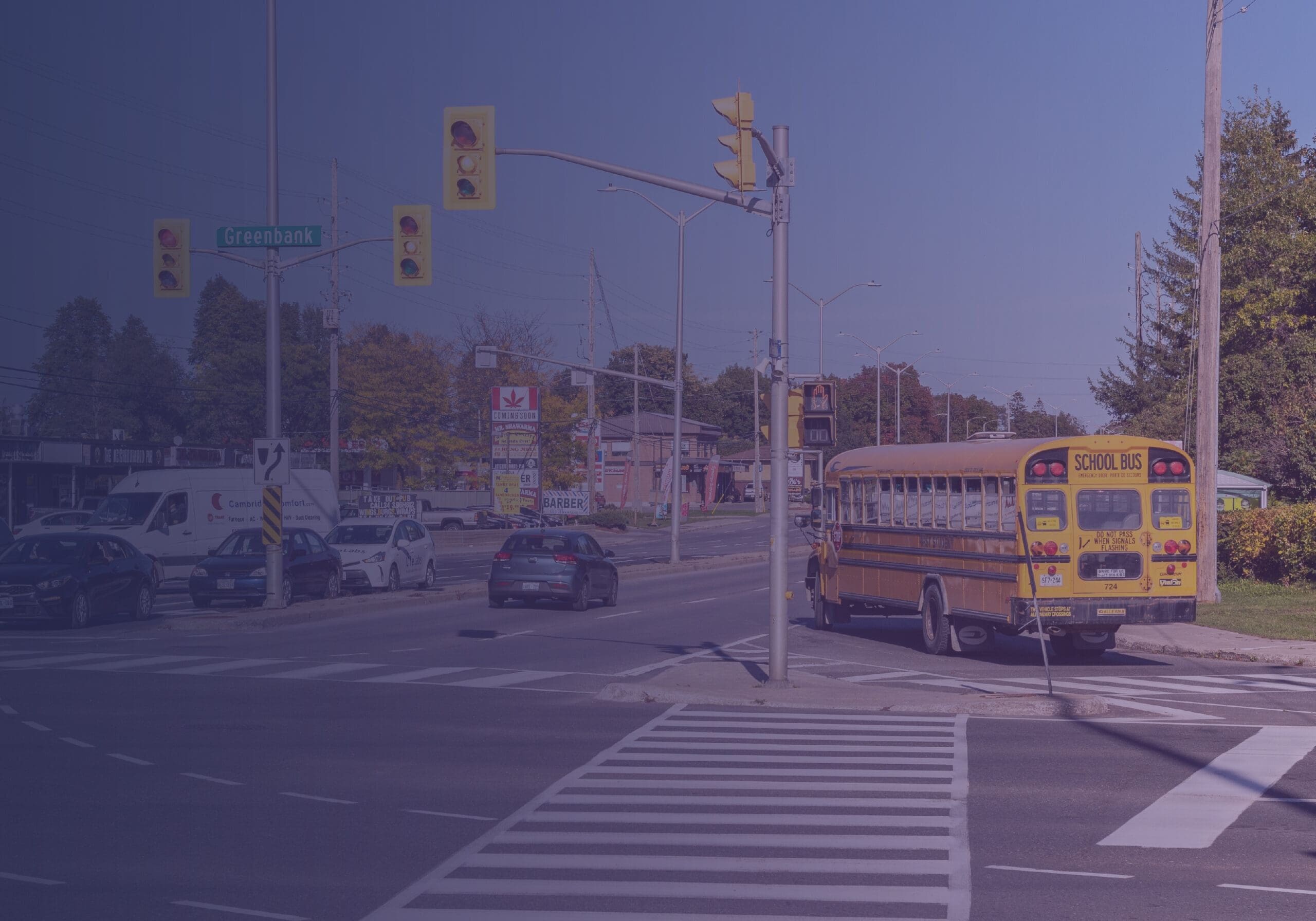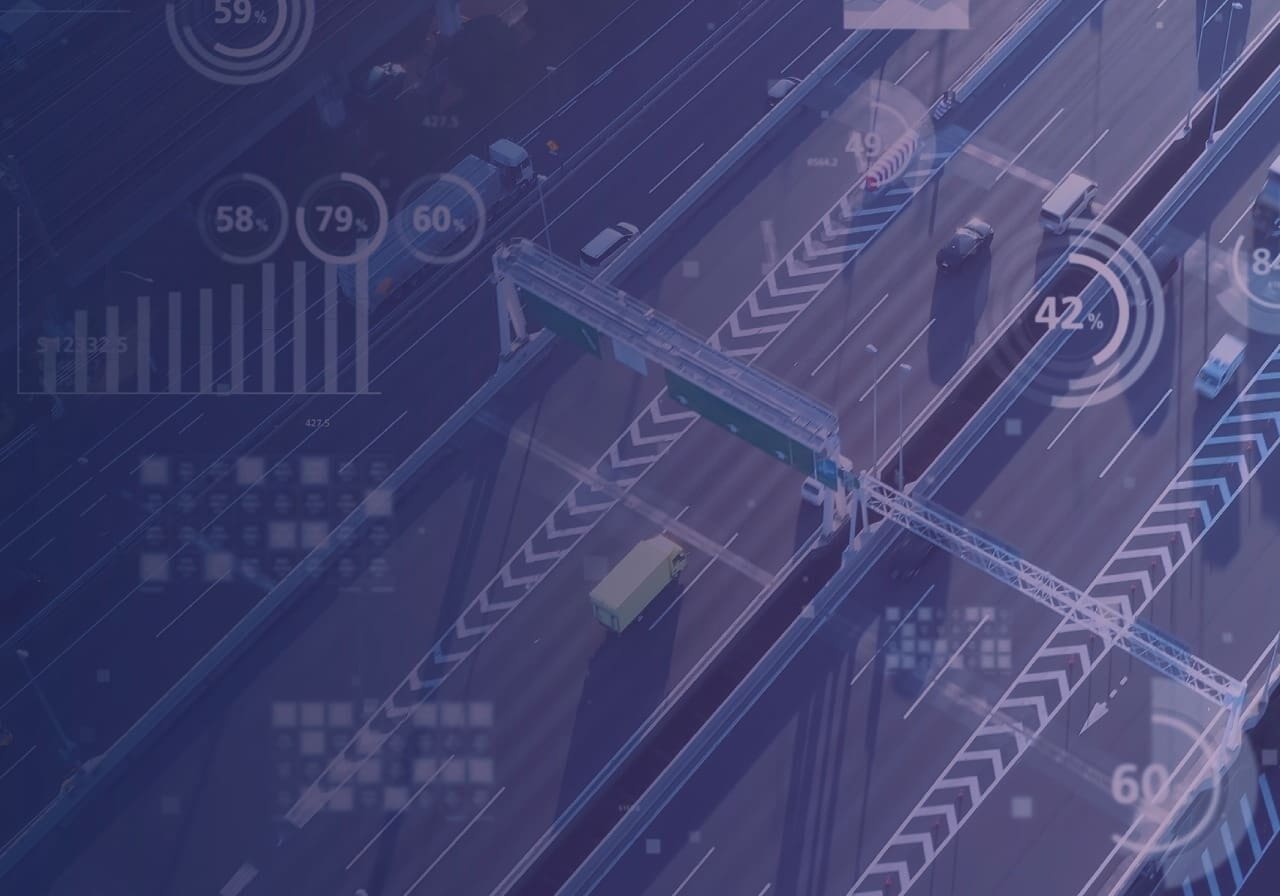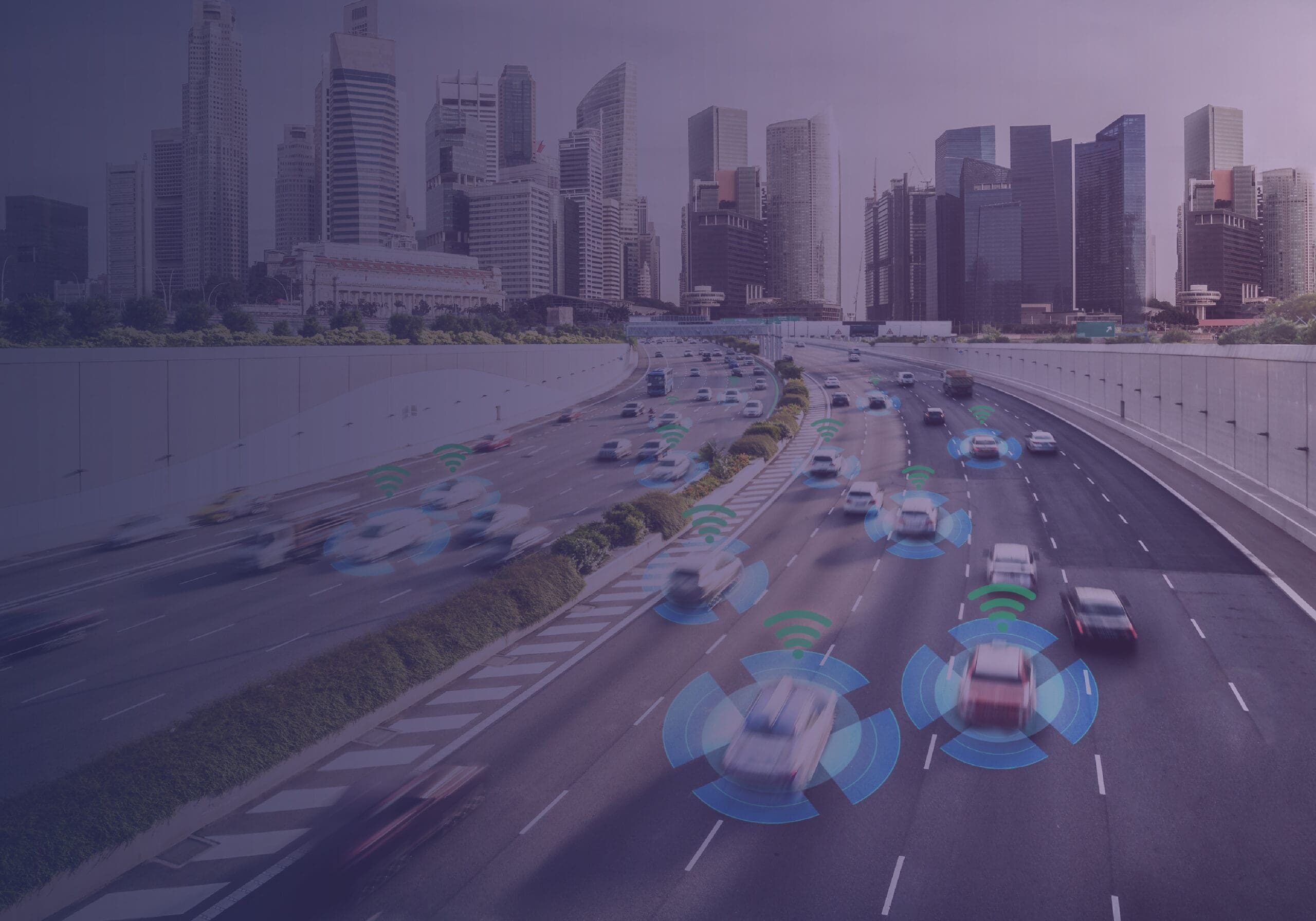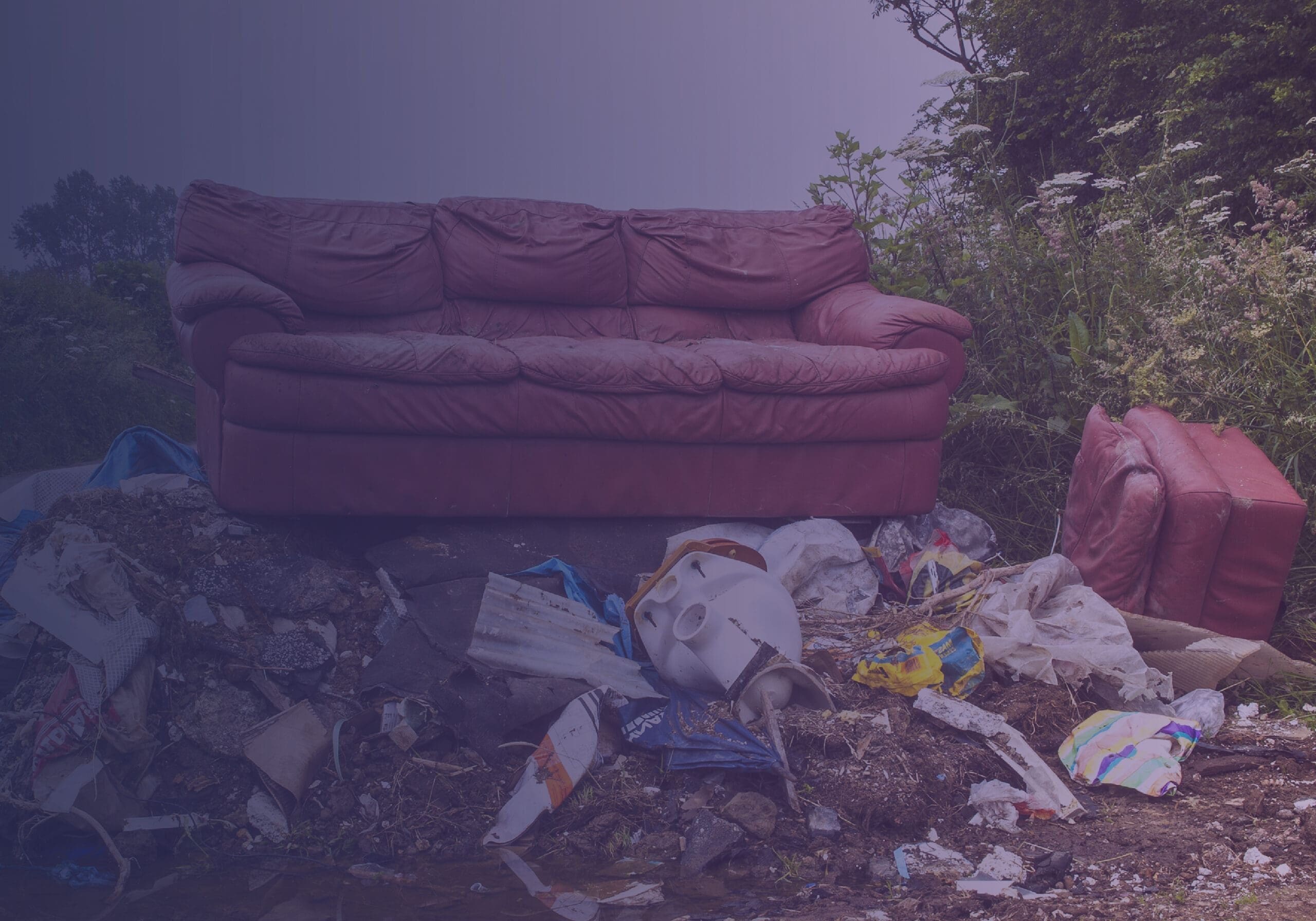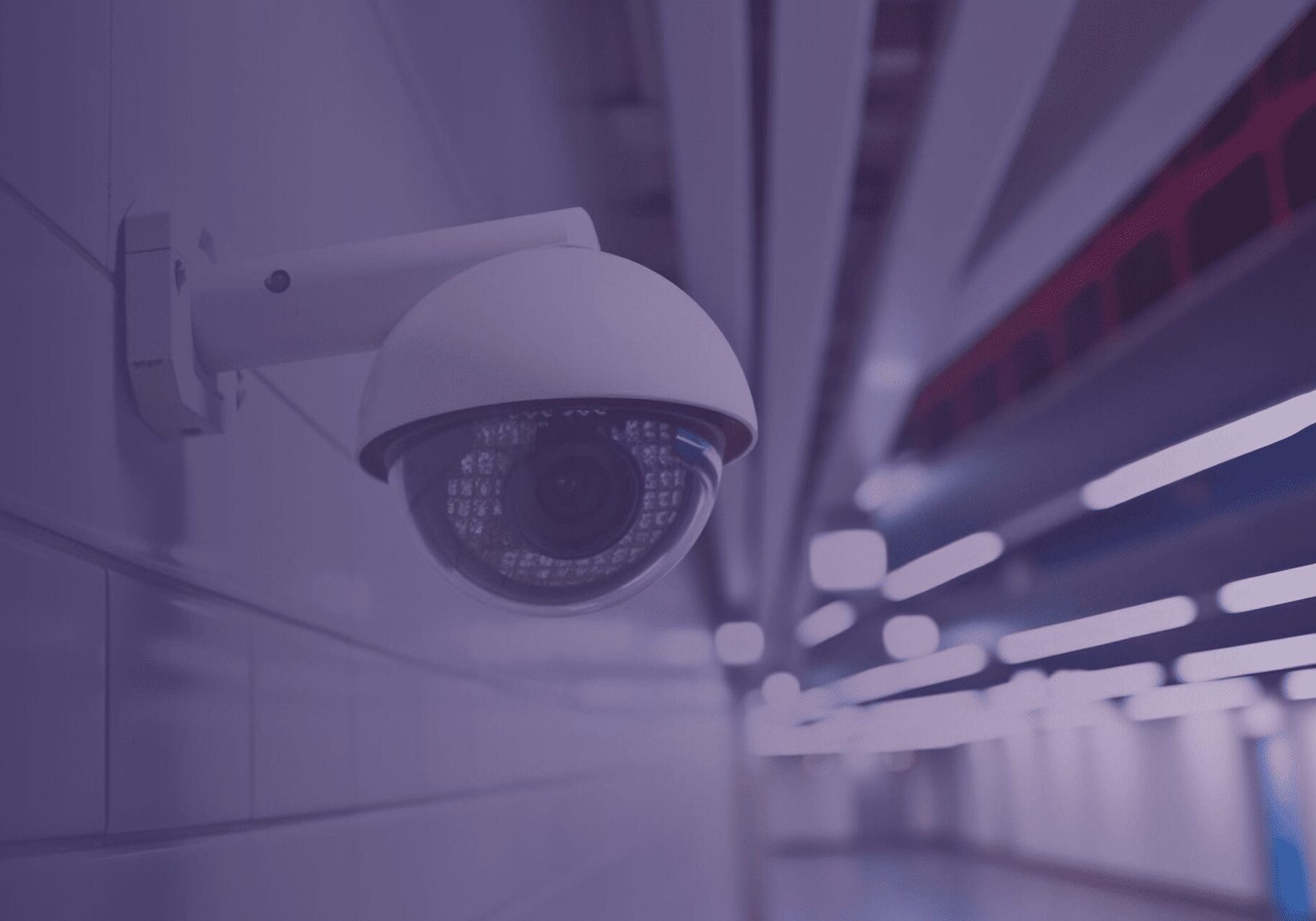Traffic cameras have been used for many years to catch speeding vehicles and record traffic flow. But technology has come a long way in recent years, and traffic cameras are no exception.
Today's traffic cameras are equipped with a variety of features that can be used to obtain critical data and analytics for a number of different uses. Below, we explore 8 things that traffic camera technology can do and where to find traffic AI and IoT solutions that work for you.
8 Things AI + IoT Powered Traffic Cameras Can Do Today
1. License Plate Recognition
One of the most popular applications for traffic cameras is license plate recognition (LPR). LPR technology uses optical character recognition (OCR) to read the characters on a license plate, which can be used for various purposes, such as vehicle registration, parking enforcement, and toll collection. In some cases, LPR data can also be used to track the whereabouts of vehicles involved in a crime. LPR is an important tool for law enforcement and other agencies that need to track vehicles.
2. Car Counting
Traffic cameras can also count the number and type of vehicles that pass through an intersection. This information can be used for a variety of purposes, such as monitoring traffic patterns and congestion levels, planning road construction projects, and evaluating the effectiveness of roadside marketing campaigns. Car counting can also be used to enforce rationing or HOV lane restrictions, which is valuable information to transportation planners and engineers to help improve traffic flow and make the roads safer for everyone.
3. Pedestrian Counting
In addition to counting cars, traffic cameras can count the number of pedestrians who walk through an intersection. This information can be used to plan pedestrian-friendly infrastructure projects or evaluate public safety campaign effectiveness. Pedestrian counting can also be used to enforce crosswalk regulations. For example, a ticket can be issued if a camera detects that a pedestrian has crossed the street outside of a crosswalk. This information is becoming increasingly important as cities work towards becoming more pedestrian-friendly.
4. Near Misses
Another popular application for traffic cameras is near-miss detection. Near-miss data can be used to identify potential hazards on a roadway and take steps to mitigate them before they result in an accident or injury. This data is especially valuable because it can identify trends that may not be apparent when looking at accidents alone. Near-miss analytics can also be used to evaluate the effectiveness of safety interventions such as signage or pavement markings.
5. Crosswalk Time
Traffic cameras have the ability to measure the amount of time that pedestrians take to cross a particular street. Crosswalk time data can be used to assess pedestrian safety on a given roadway and make necessary changes. This data is especially useful in urban areas with high pedestrian traffic. Crosswalk time information can also be used to enforce crosswalk regulations and help keep pedestrians safer.
6. Air Quality Measurements
Traffic cameras are not just limited to monitoring traffic flow and congestion. Some advanced cameras are equipped with air quality sensors that can measure things like nitrogen dioxide, sulfur dioxide, ozone, and particulate matter in the air. This is especially important in cities where traffic and air pollution are major problems, and the resulting data can be used to help city officials make decisions about things like emissions reduction and traffic management.
7. Noise Pollution Monitoring
In addition to measuring air quality, some traffic cameras are also equipped with noise sensors that can measure things like decibel levels and the frequency of honking horns. The data collected from the noise sensors can also be used to create a \"noise map\" of the city, which can be used to identify areas that are particularly loud or prone to noise pollution and to help city officials make decisions about things like noise abatement and traffic management.
8. Weather Monitoring
Some traffic cameras have weather sensors attached to them that can gather data points like temperature, humidity, wind speed, and precipitation. The data from the weather sensors is also used to create forecasts for the coming days and to help city officials make decisions about things like road closures and snow removal operations.
Advanced Traffic AI and IoT Solutions
Today's traffic cameras are capable of doing much more than just catching speeding drivers. With the continual advent of new technology, traffic cameras can now perform a variety of functions that can make our roads safer and our cities smarter.
There are many different ways that these cameras can be used to benefit cities and their residents, and the applications listed above are just a few of them. At EPIC IO, we can help you find advanced traffic AI and IoT solutions that fit your organization\'s specific needs. Request a demo here.


